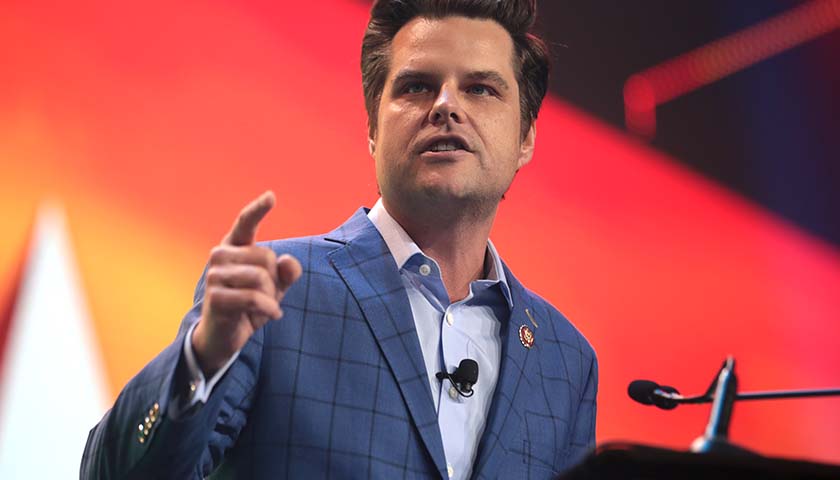Enrollment in Virginia’s public and private nonprofit colleges and universities for the fall semester declined by 1.3 percent or 6,658 students, according to early enrollment estimates from the State Council of Higher Education in Virginia (SCHEV) released Tuesday.
The data used by SCHEV is directly provided by 64 colleges and universities located in the Commonwealth, including some of the state’s most prestigious and largest schools such as William and Mary, Virginia Tech, University of Virginia, Virginia Commonwealth University and Washington and Lee University.
The 1.3 percent total decrease in enrollment is less than the 20 percent drop that some analysts projected in the spring.
Undergraduate enrollment is down 3.2 percent or 13, 489 fewer students compared to the 2019 numbers, the report said.
Public four-year institutions enrolled 37,700 students in 2019, but SCHEV’s current estimate has 2020 enrollment at 33,911, representing a decrease of 10 percent or 3,789 students, according to the report.
Estimates for private four-year nonprofit schools actually showed an increase in enrollment of 3.4 percent. The growth is largely attributed to Liberty University, according to the report.
“These estimates are still preliminary and will change before final reports arrive later in the year, but it is safe to say that the situation is not as bad as some feared,” said Tod Massa, SCHEV’s director of policy analytics and author of the report, in a press release.
The institutions hit the hardest by COVID are community colleges. SCHEV estimates that enrollment across all public two-year institutions will decrease by 9.7 percent, according to the report.
Jeffrey Kraus, assistant vice chancellor for strategic communications for the Virginia Community College System, spoke with The Virginia Star about the impact and subsequent fallout of COVID-19.
Kraus said the pandemic has impacted enrollment in community colleges in multiple ways including the dual enrollment programs and field-specific short-term training programs that are difficult to conduct without in-person instruction.
“We also have plenty of folks that we serve who do not have what is necessary at home to take online courses,” Kraus told The Star. “Whether it is a matter of having access to high speed internet, keep in mind that 14 of our 23 colleges are in rural Virginia, [or] in other cases it is lacking the [necessary] technology.”
The SCHEV estimates are subject to change since the final enrollment numbers from four-year schools will not be available until November and final enrollment numbers for community colleges will not be available until late December or early January due to the way their programs are structured.
SCHEV also has a research system that allows anyone to look up individual colleges and universities to see specific enrollment data that is broken down by gender, in-state versus out-of-state, full-time versus part-time and more.
Laura Osberger, SCHEV’s senior associate for communications and outreach, told The Star that while they always have early enrollment estimates, SCHEV does not normally release the data at this point in the year.
The only reason SCHEV ended up publishing the information was because of the aforementioned projections of a significantly larger decrease in enrollment, Osberger said.
– – –
Jacob Taylor is a reporter at The Virginia Star and the Star News Digital Network. Follow Jacob on Twitter. Email tips to [email protected].





